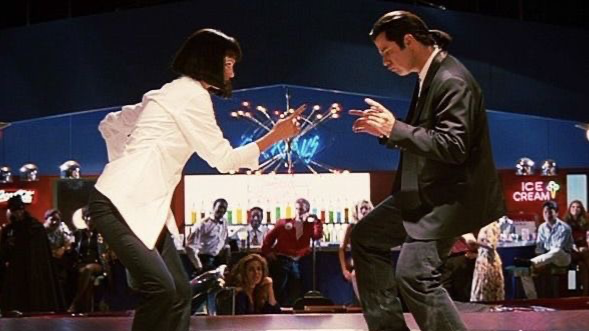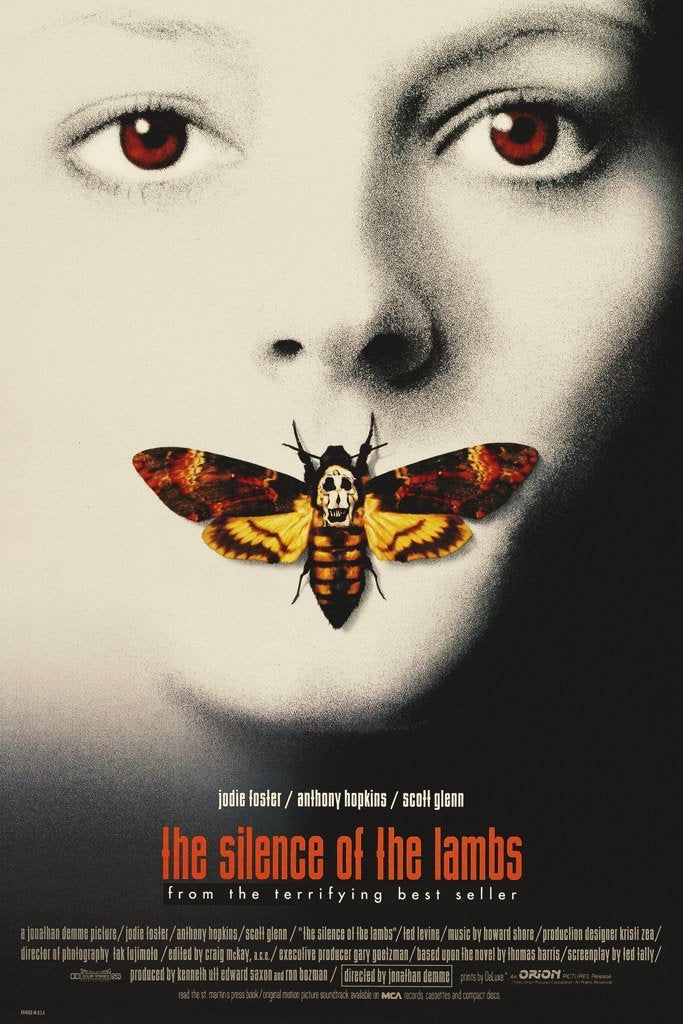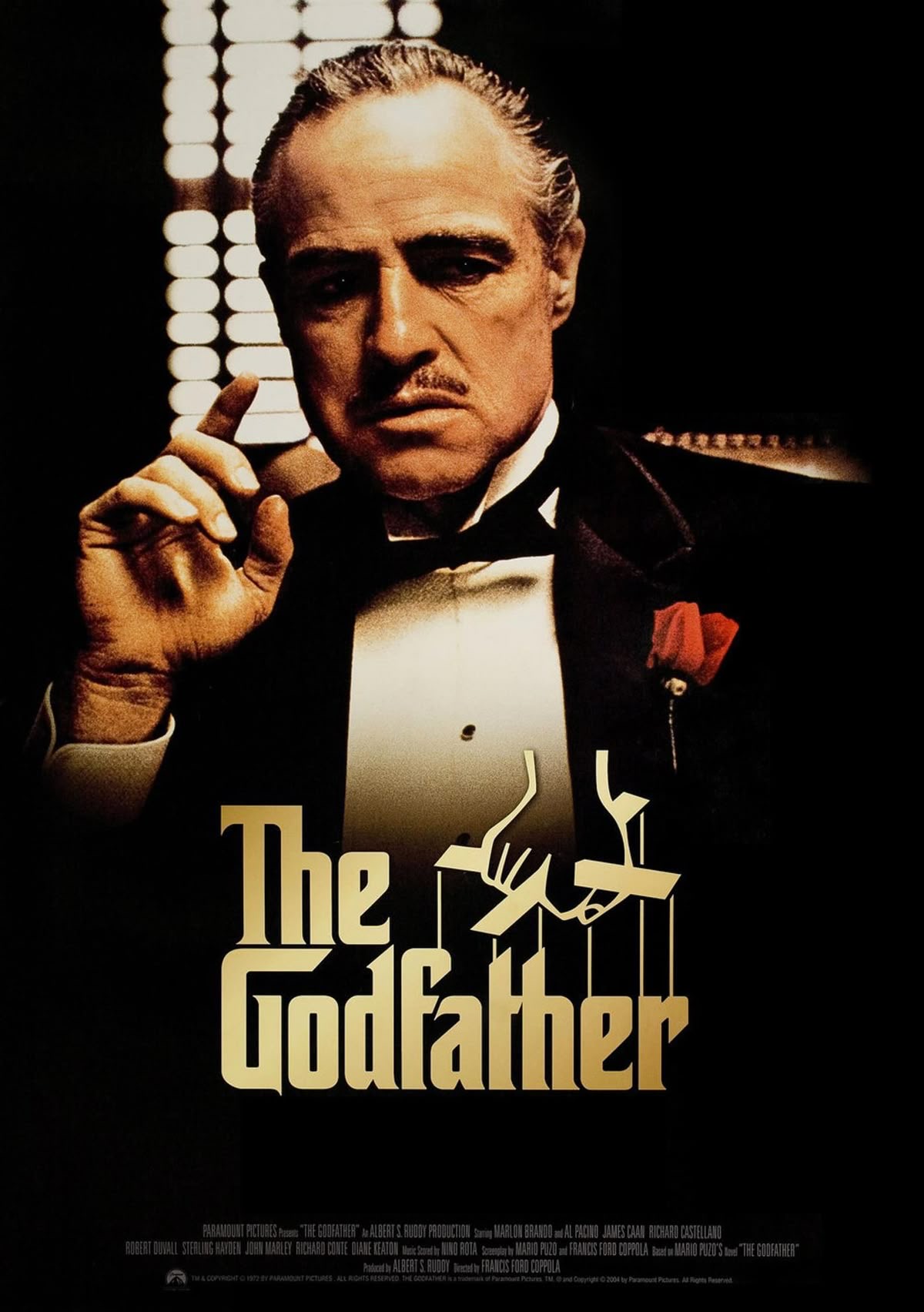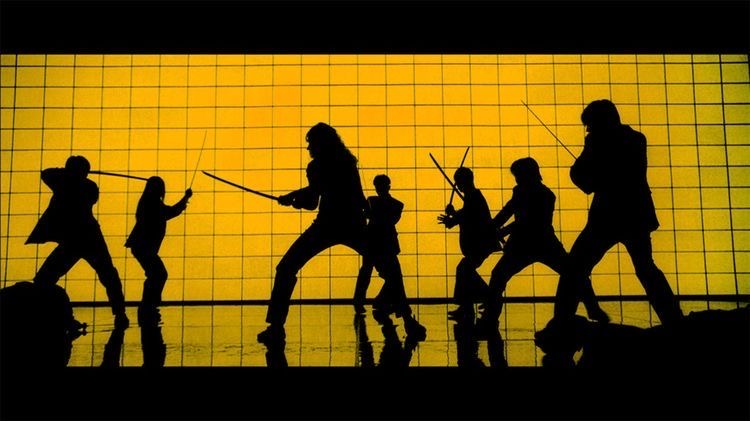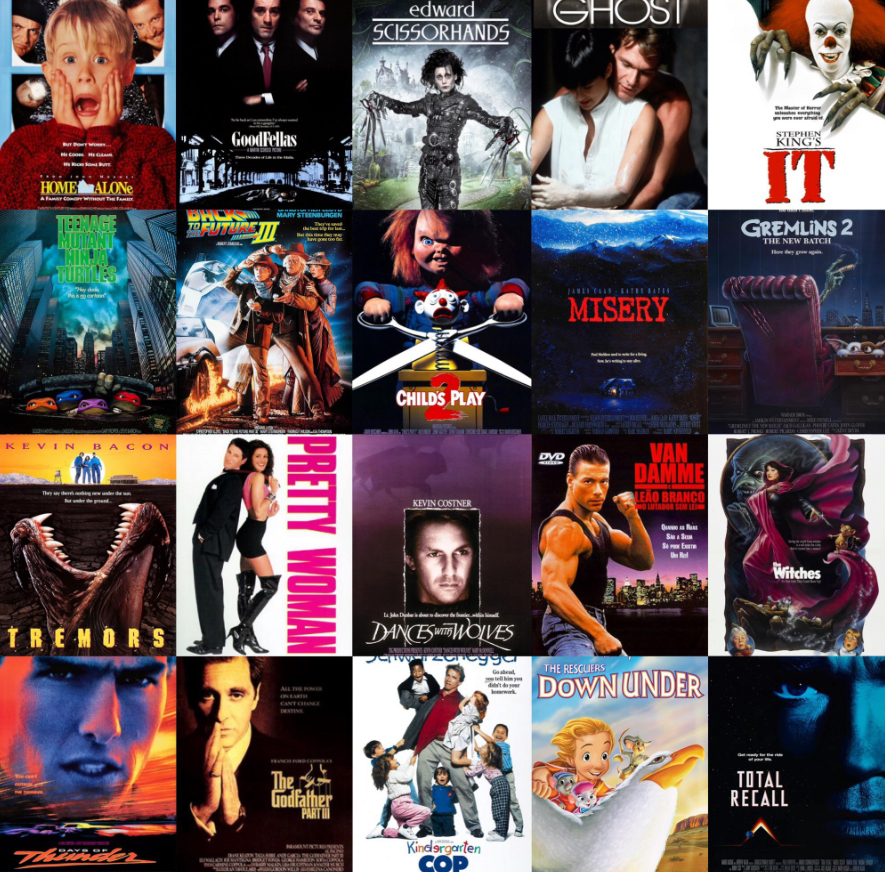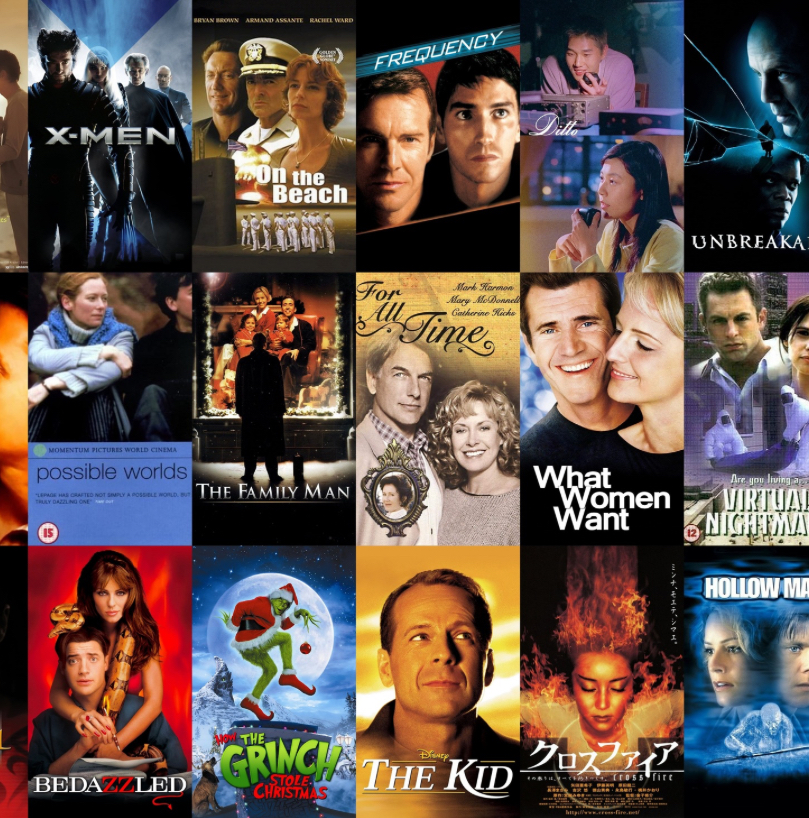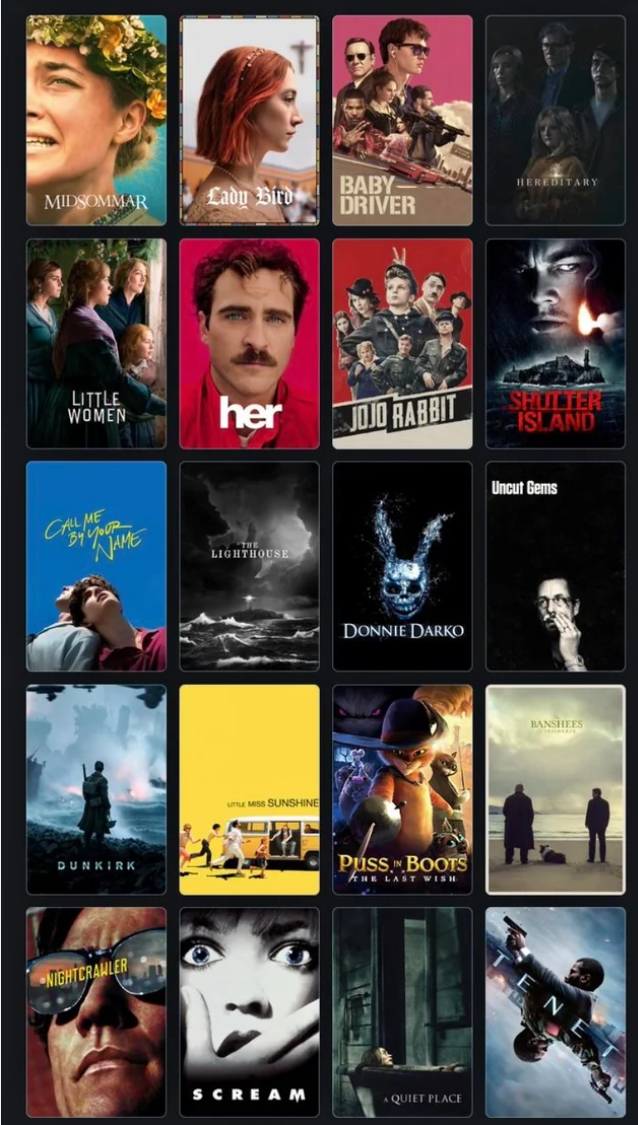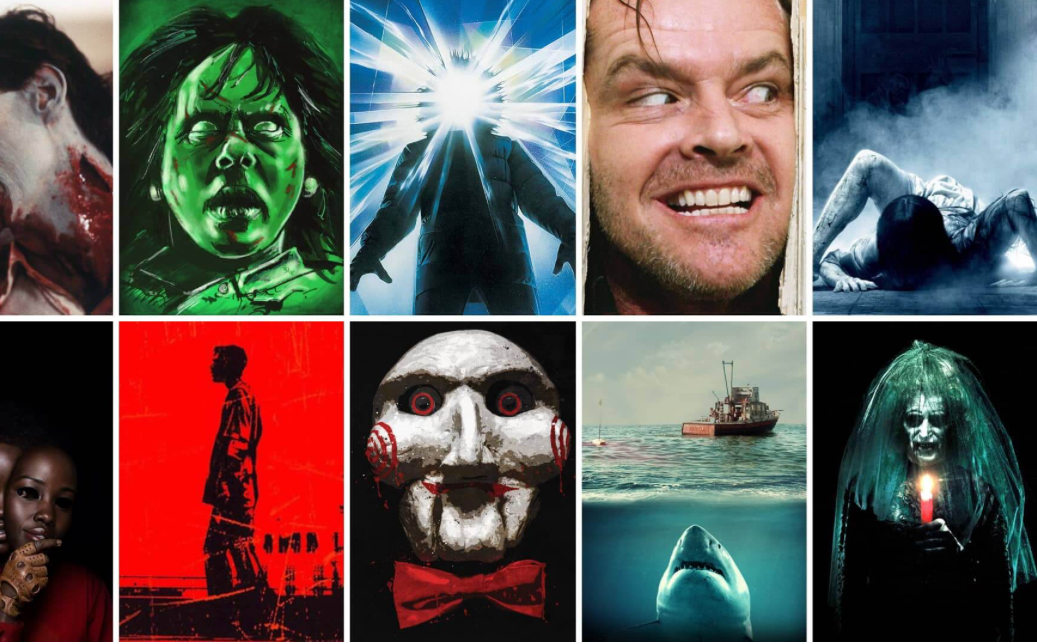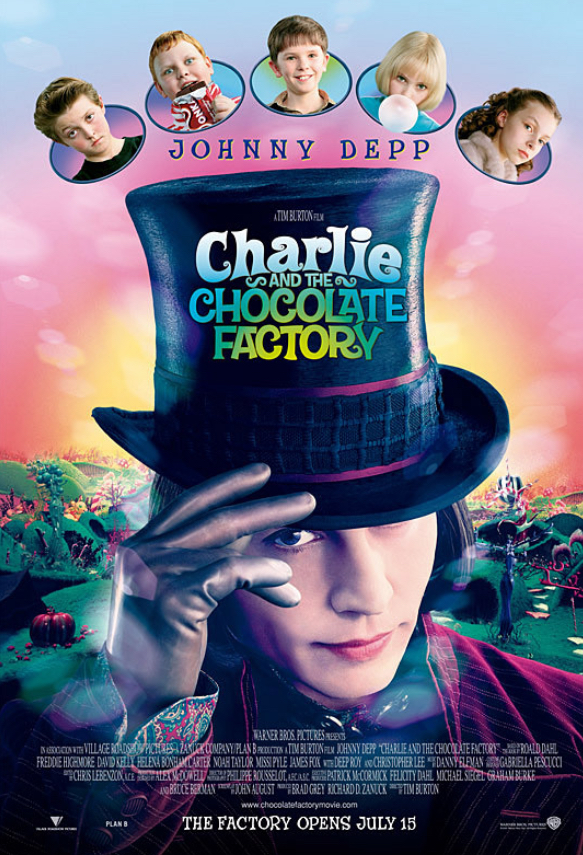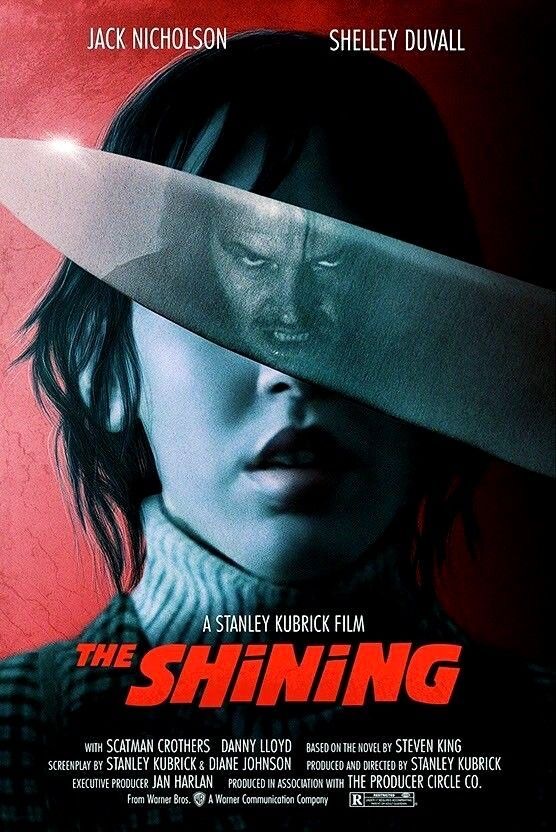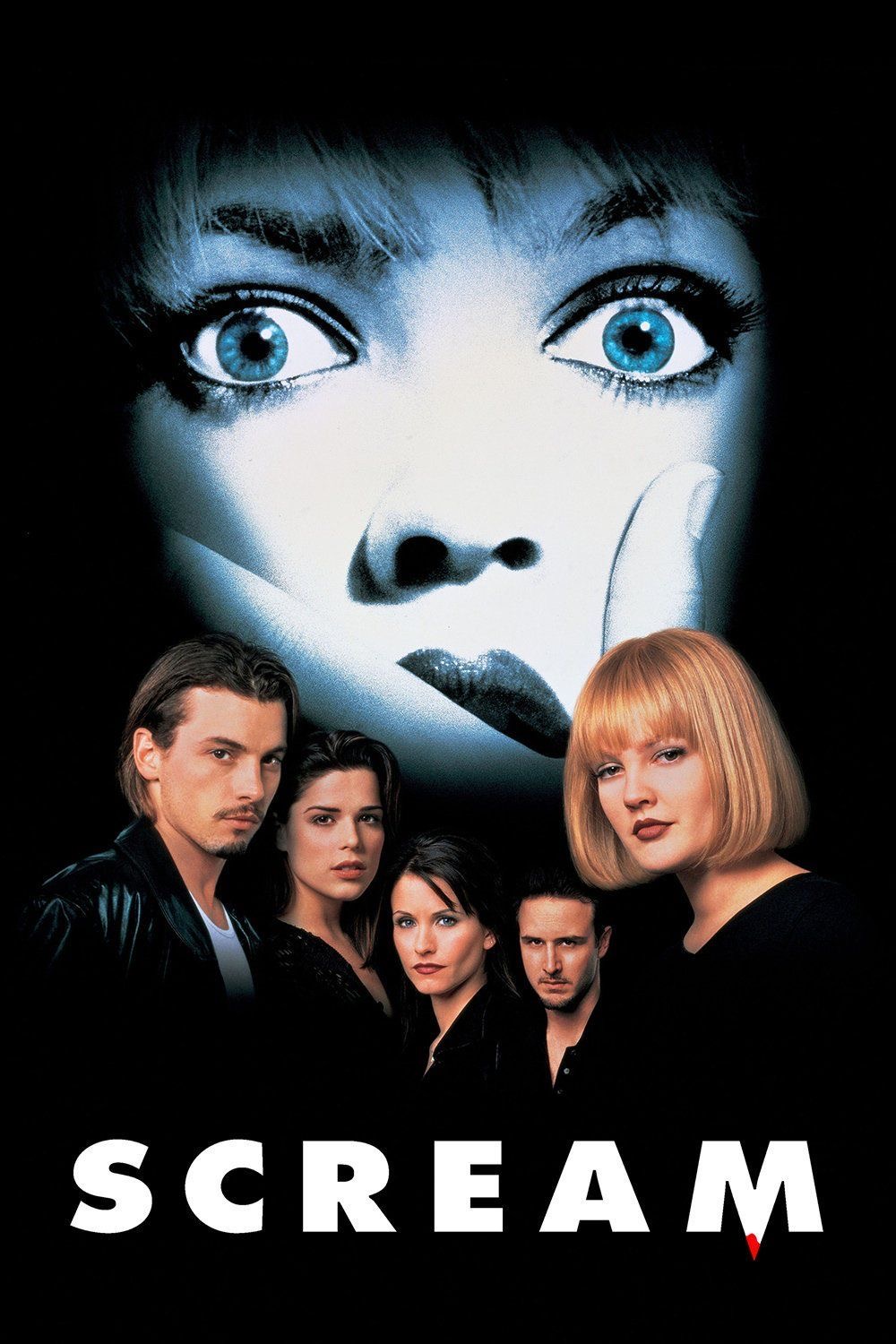Getting Started
What is the heights scored film?
🎬 IMDb (Internet Movie Database)
- Top-Rated Film: The Shawshank Redemption (1994)
- Rating: 9.3/10
- Overview: A poignant tale of hope and friendship set within the confines of a prison, this film has consistently held the top spot on IMDb’s Top 250 list.
🎥 Letterboxd
- Top-Rated Film: Harakiri (1962)
- Rating: 4.7/5
- Overview: Masaki Kobayashi’s samurai drama delves deep into themes of honor and societal critique, earning it the highest average rating on Letterboxd as of December 2024.
🇷🇺 Кинопоиск (KinoPoisk)
- Top-Rated Film: The Shawshank Redemption (1994)
- Rating: 9.1/10
- Overview: Echoing its global acclaim, The Shawshank Redemption also holds the top position on Russia’s premier film platform, KinoPoisk.
🍅 Rotten Tomatoes
- Top-Rated Films: Several films have achieved a 100% rating, including classics like Paddington 2 and Lady Bird.
- Note: While a 100% rating indicates unanimous positive reviews, it’s essential to consider the number of reviews and the potential for changes over time.
📊 Metacritic
- Top-Rated Film: Boyhood (2014)
- Metascore: 100/100
- Overview: Richard Linklater’s coming-of-age drama stands out with a perfect score, reflecting universal acclaim upon its release.
The Shawshank Redemption is often regarded as one of the best-rated films of all time—especially on platforms like IMDb—because it hits a rare combination of storytelling, emotional resonance, and timeless themes. Here’s a breakdown of why it’s so beloved:
1. Universal Themes
At its core, it’s about hope, friendship, and perseverance in the face of unimaginable hardship. Those themes connect with just about anyone, regardless of background.
2. Incredible Performances
• Tim Robbins as Andy Dufresne brings quiet strength and intelligence.
• Morgan Freeman as Red delivers warmth, wisdom, and a perfectly paced narration that anchors the whole film.
Freeman’s voiceover, in particular, adds an almost mythic quality to the story.
3. The Storytelling
• Adapted from a Stephen King novella (Rita Hayworth and Shawshank Redemption), the plot unfolds slowly but beautifully, with a satisfying payoff.
• It’s not flashy or gimmicky—just solid, emotional storytelling that builds momentum and meaning.
4. The Ending
Without spoiling too much: it’s deeply satisfying. It’s one of those rare endings that feels fully earned and stays with you. The twist is subtle but powerful, and the final moments offer a feeling of catharsis that many films never quite achieve.
5. It Grows on You
Interestingly, it wasn’t a massive hit when it was first released in 1994. But over time—through word of mouth, TV reruns, and rentals—it gained a reputation as a movie that never stops being good, no matter how many times you watch it.
6. Emotional Depth Without Manipulation
It makes you feel a lot, but it doesn’t feel forced or sentimental. Everything is earned through character and story.
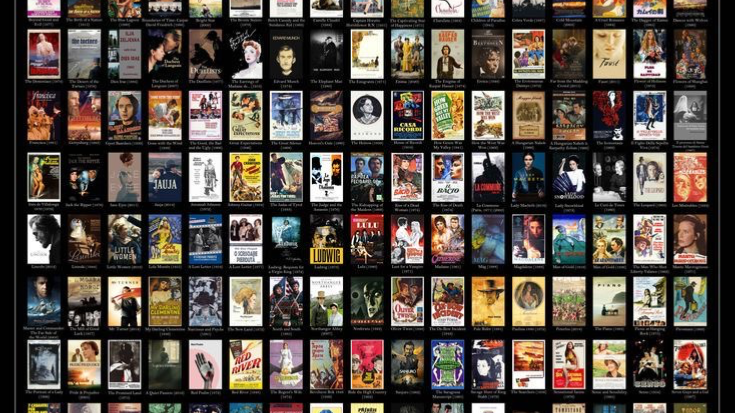
People have different favorite films because movies hit us based on who we are, where we are in life, and what we’ve been through.
1. Personal Experiences Shape Taste
- A movie might remind someone of a specific time in their life—like childhood, a breakup, or a life-changing moment.
- If someone grew up watching action movies with their dad, Die Hard might hit harder than any Oscar-winning drama ever could.
2. Emotional Needs
- Some people watch movies for comfort (feel-good rom-coms).
- Others want to be challenged or provoked (mind-bending thrillers or tragedies).
- It all depends on what you’re looking for when you press play.
3. Personality and Identity
- Extroverts might love big ensemble adventures.
- Introverts might prefer quiet, introspective character studies.
- A romantic might swoon for Pride and Prejudice, while a nihilist might live for Fight Club.
4. Culture and Background
- Your culture, language, and upbringing play a huge role in what stories resonate with you.
- What feels like a masterpiece in one culture might not translate the same way to someone from a different background.
5. Timing is Everything
- Watching a movie at the right moment can make it hit like nothing else.
- You might love a movie now that you hated five years ago—or vice versa.
